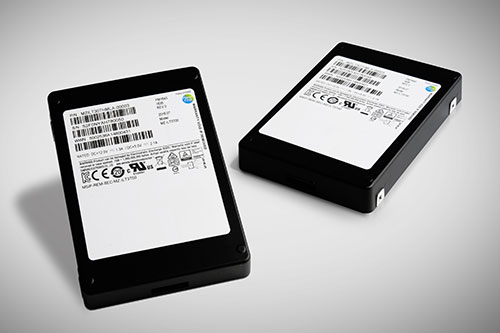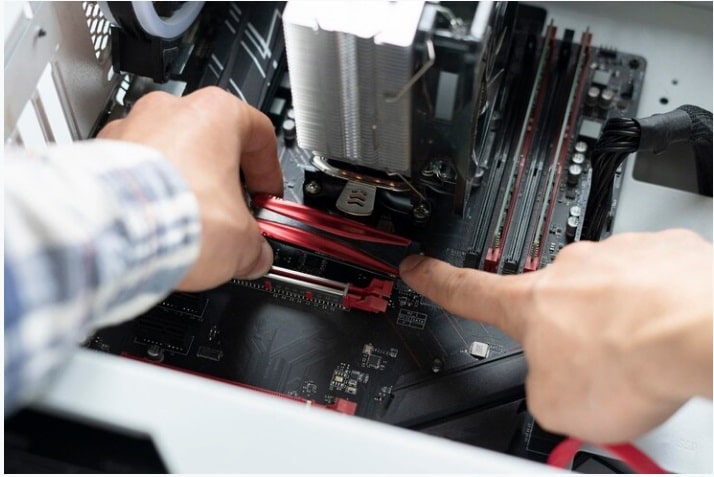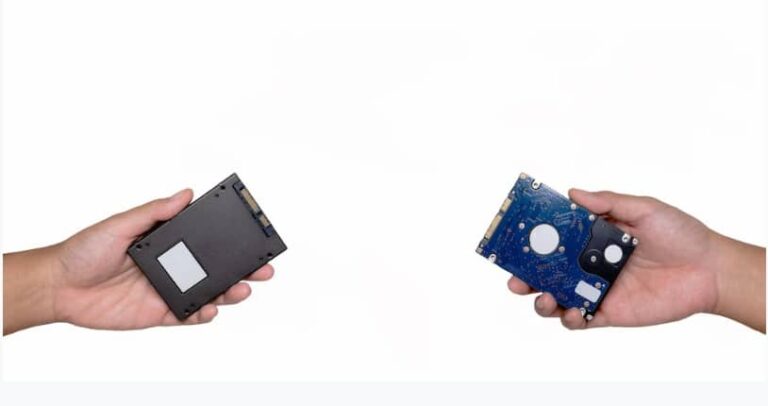Next year, Samsung plans to give flash-enabled enterprise storage systems a major capacity upgrade.
The South Korean electronics giant took the wraps off a new SAS solid-state drive (SSD) with up to 32 terabytes (TB) of data storage capacity during this week’s Flash Memory Summit. Samsung said it plans to start shipping the 2.5-inch drives sometime in 2017.
The drives will be based on the company’s new 4th generation Vertical NAND (V-NAND) technology. Also known as 3D NAND, V-NAND is a solid-state storage chip architecture that stacks memory cells vertically, allowing chip makers to pack more capacity into tighter confines.
Samsung’s latest V-NAND tech raises the layer count to 64, up from the previous generation’s 48 layers. Flash chips based on the company’s 4th generation V-NAND architecture are expected to start rolling off the production line in the fourth quarter.
According to the company’s estimates, storage systems outfitted with the new 32TB SSDs can occupy up to 40 times less space than a comparable disk-based system that takes up two entire racks. And Samsung isn’t stopping there. The company expects to drive SSD capacity past the 100TB mark by 2020.
“With our 4th generation V-NAND technology, we can provide leading-edge differentiated values in high capacity, high performance and compact product dimensions, which together will contribute to our customers achieving better TCO results,” said Young-Hyun Jun, president of Samsung’s Memory business unit.
Targeting high-performance workloads, Samsung also unveiled its new Z-SSD line of flash drives. Z-SSDs are also based on the company’s V-NAND memory chip technology but feature “a unique circuit design and controller that can maximize performance,” said the company in a statement.
Compared to the company’s high-end PM963 NVMe (Non-Volatile Memory Express) enterprise-grade SSD, Z-SSDs will offer 1.6 times faster sequential read speeds and four times faster latency. Samsung plans to ship the new Z-SSDs next year.
Finally, Samsung also unveiled a compact SSD for tablets, convertible notebooks and tomorrow’s super-slim computing devices.
Dubbed the 1TB BGA SSD, the chip-sized SSD uses a ball grid array (BGA) design that bundles a controller, LPDDR4 mobile DRAM and triple-level-cell V-NAND into a package that weighs a gram and takes up half the space of its predecessor. When it ships next year, Samsung’s BGA SSD will support sequential read and write speeds of 1,500MB per second and 900MB per second, respectively.
Image Credit: https://www.samsung.com/






